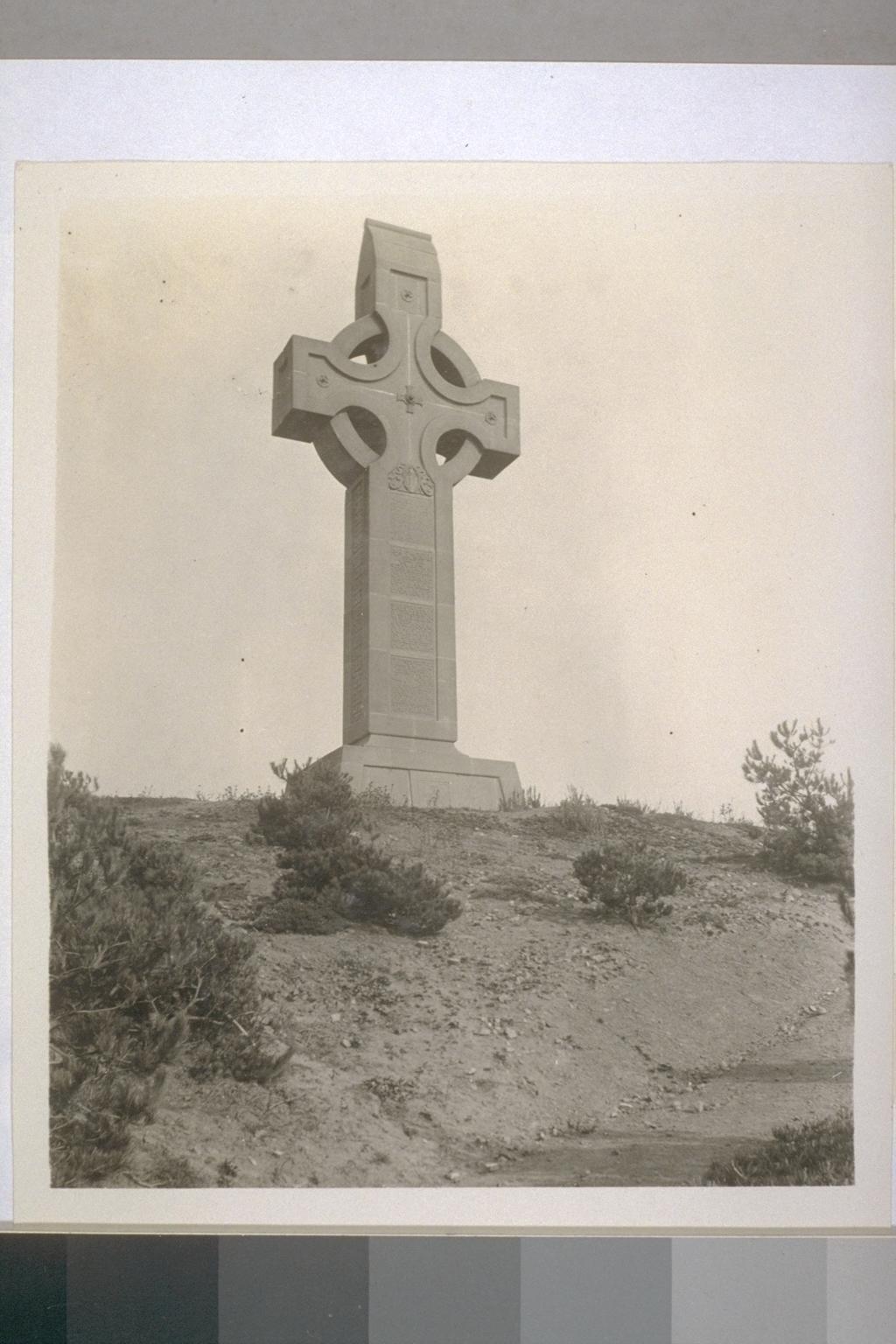 I guess one little ad never hurt anyone, especially since once we are inside it will be baseball, beer, seeds, dip, and a probable hurricane of San Franciscan cheer. We enter and suddenly...
I guess one little ad never hurt anyone, especially since once we are inside it will be baseball, beer, seeds, dip, and a probable hurricane of San Franciscan cheer. We enter and suddenly... ...Oh! whats this? Safeway, Budweiser, more AT&T, Levis, Playstation, Bank of America, Charles Schwab, Visa, Chevron, Emerald, Coca-Cola, CHW...Yahoo! America's favorite pass-time: Capitalism. What a sight though--the setting sun illuminating the flurry of billboards one last time as it retreats into the western horizon.
...Oh! whats this? Safeway, Budweiser, more AT&T, Levis, Playstation, Bank of America, Charles Schwab, Visa, Chevron, Emerald, Coca-Cola, CHW...Yahoo! America's favorite pass-time: Capitalism. What a sight though--the setting sun illuminating the flurry of billboards one last time as it retreats into the western horizon. I can only imagine a Maverick-esc scene taking place in the steamboat below. I guess among this crowd gambling is considered a pretty honest living. Plus, from what I saw no one was thrown off the boat--a truthful sign.
I can only imagine a Maverick-esc scene taking place in the steamboat below. I guess among this crowd gambling is considered a pretty honest living. Plus, from what I saw no one was thrown off the boat--a truthful sign. The average baseball player salary is close around $3,000,000. The average cardiovascular surgeon makes around $500,000. The average conservationist earns about $55,000. Surgeons, when did baseball players start out-banking you (1987)? I'm thinking we could utilize more corporate branding in the open heart surgery business. And conservationists, there is definitely a market for the mass corporate "logo-lization" of trees. Imagine companies being able to reach their consumer base everywhere, even deep within old growth forests. Potentially, AT&T could have their logo branded on every tree in the world.
The average baseball player salary is close around $3,000,000. The average cardiovascular surgeon makes around $500,000. The average conservationist earns about $55,000. Surgeons, when did baseball players start out-banking you (1987)? I'm thinking we could utilize more corporate branding in the open heart surgery business. And conservationists, there is definitely a market for the mass corporate "logo-lization" of trees. Imagine companies being able to reach their consumer base everywhere, even deep within old growth forests. Potentially, AT&T could have their logo branded on every tree in the world.
Sorry if this post was a bit negative...the Giants did lose on a balk.
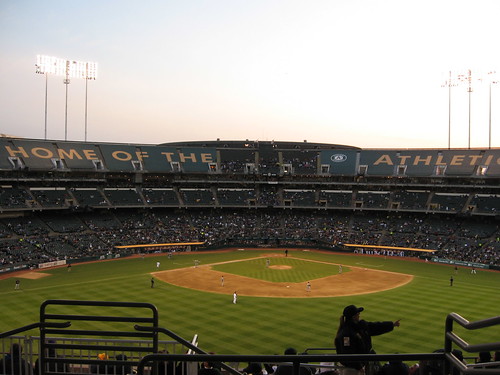
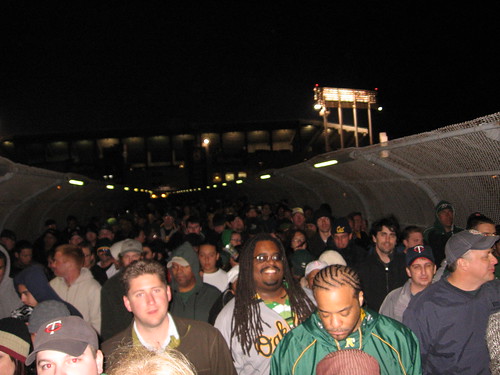
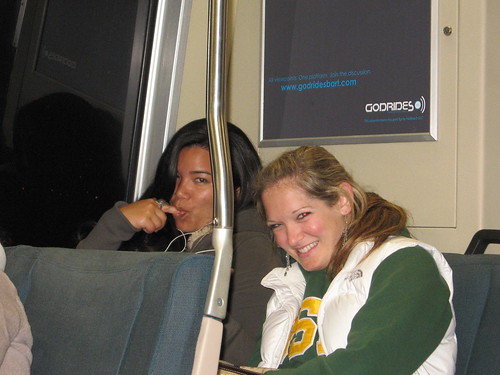
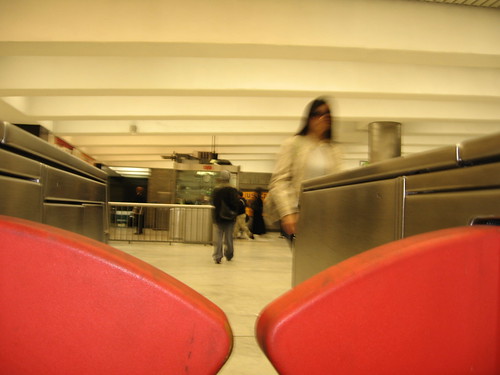
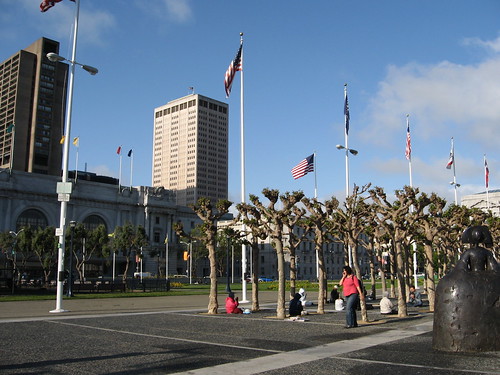
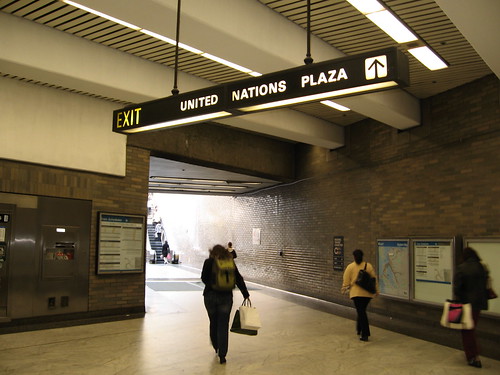

























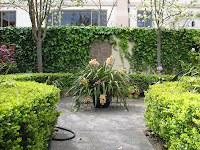

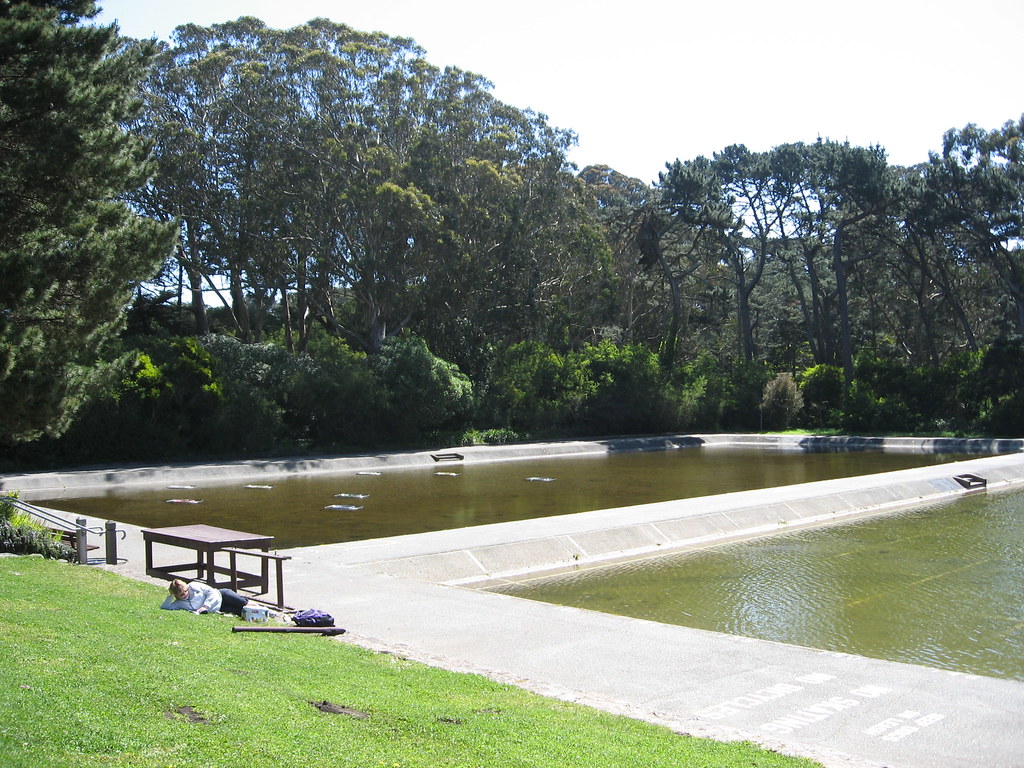
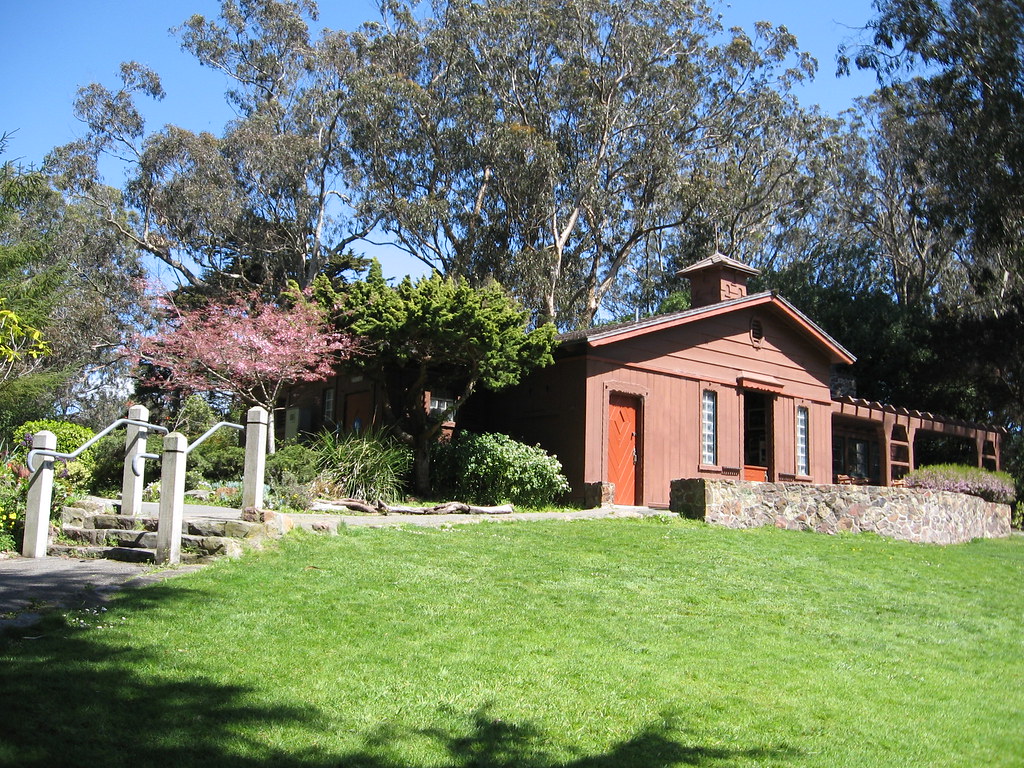
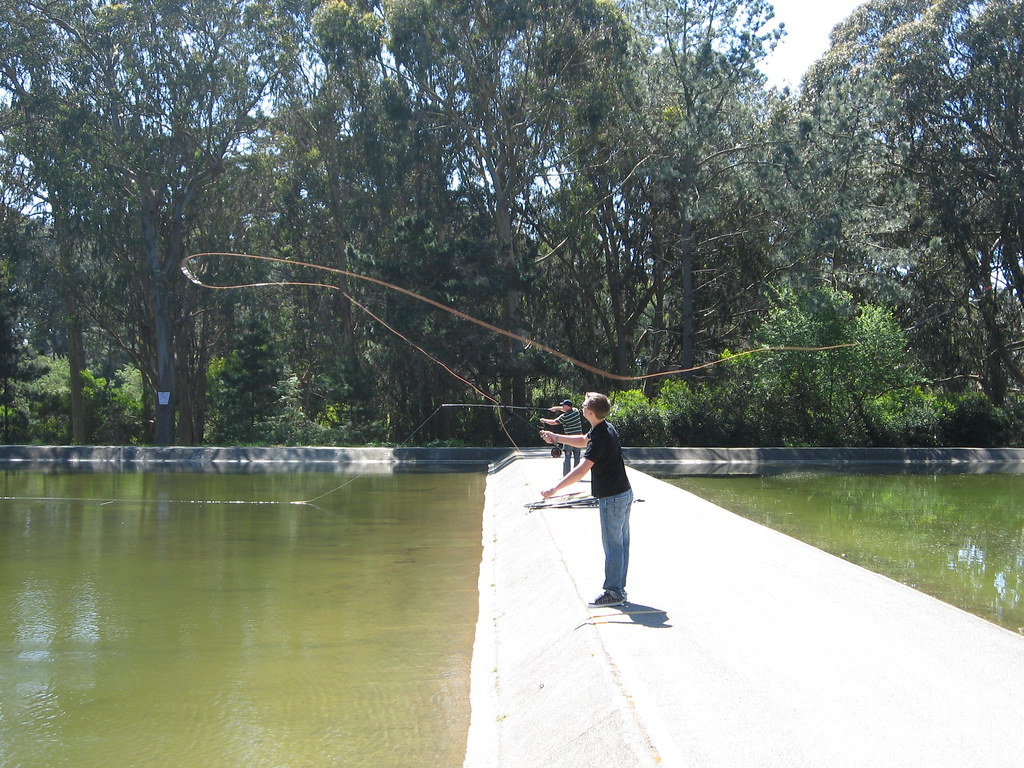

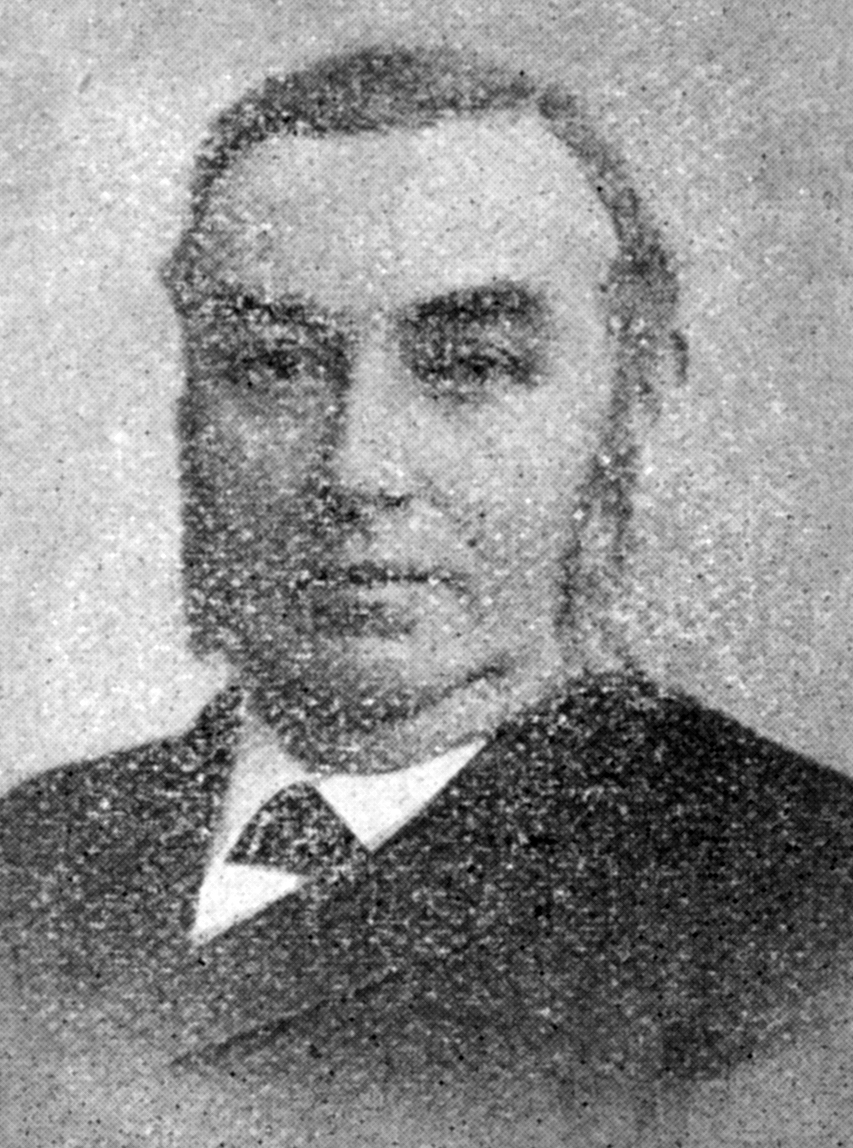
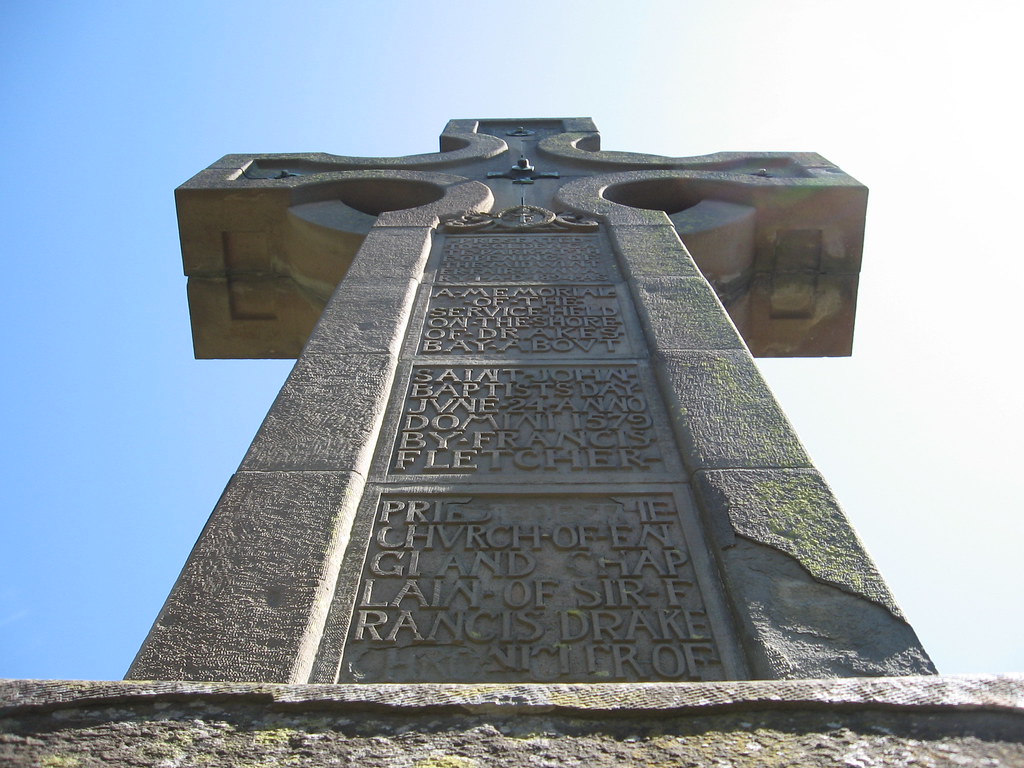 Prayer-Book Cross is at the top of Angel Falls in Golden Gate park, San Francisco.
Prayer-Book Cross is at the top of Angel Falls in Golden Gate park, San Francisco.



